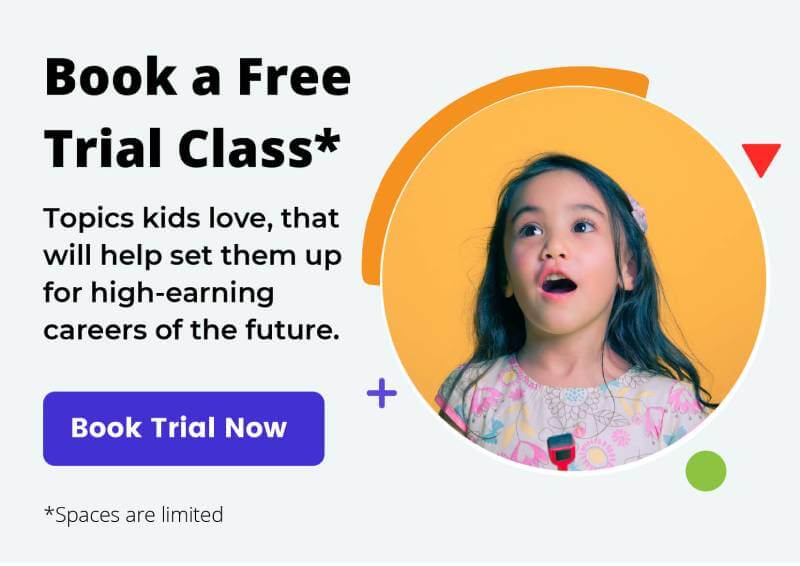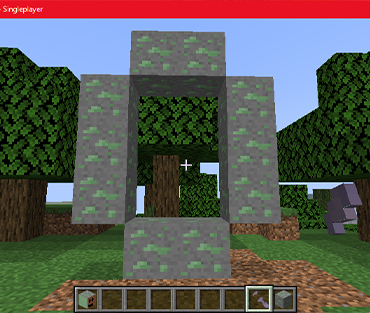There is no shortage of controversy over the potential benefits and pitfalls of video game play in children. However, many of the findings that say video game play is linked to poor behavior and low grades do not factor for things like the child’s home environment and their family’s economic health. This suggests that children’s poor behavior may be due to living in poverty, hunger, or due to being surrounded by crime and alcoholism – not video games.
A study by Oxford University found that children who played electronic games for up to an hour “were associated with the highest levels of sociability and were most likely to say they were satisfied with their lives. They also appeared to have fewer friendship and emotional problems, and reported less hyperactivity than the other groups.” As long as they are played in moderation, video games are beneficial!
So how can video games help your children learn?
Sure, they make kids happier. But what about learning? Different video games can teach different things. A few things they can teach include:
Reading Comprehension
Any game with a lot of text involved, like most role-playing games (think Pokémon), is actually found to enhance children’s reading comprehension. Children have to read and understand what they’re reading in order to progress through the game.
Critical Thinking Skills
Another wonderful benefit of gaming is the fostering of critical thinking skills. Most video games require players to solve increasingly complex puzzles. By doing this, the players are activating and exercising their prefrontal cortex in their brain (the part we use for critical thinking and social interactions.) Furthermore, children’s ability to overcome tasks using their critical thinking skills helps boost their confidence in their problem solving skills.
Math Skills
Many games also have some form of currency or point system, in addition to health and energy bars. Your character has “hit points”, which indicate how much damage they can take before their character is destroyed. When you attack, you do a certain number of damage, teaching children the applications of addition, subtraction, multiplication and division.
Enhanced Creativity
Games like Minecraft, which we use at MakerKids in our 10-week program to teach kids about coding, mod installation, and graphic design, help foster children’s creativity. Just as games exercise the prefrontal cortex in the brain, they also exercise the Inferior Frontal Gyrus, which is just a fancy name for the piece of the brain responsible for creativity (among other things).
What’s more is that video games can also hone spatial thinking, reasoning, memory, perception, and problem-solving, and a whole array of other things. This makes video games a potential tool for parents to help children discover their abilities in these areas!
How to implement these findings:
Now you understand the vast array of benefits. But how can you actually use your new knowledge to help your children?
Step 1: Find Games that Interest them
Do they currently play video games? You won’t be able to achieve the benefits if they don’t have an interest. Don’t try to force them to only play certain games because of the benefits you think they’ll gain. The reason video games work is because they capture the player’s interest. Some great games that also help children learn are:
- Pokémon – An absolute classic.
- Minecraft – Great game to teach coding and architecture, enhance creativity, and allow for social bonding.
- Scribblenauts – An excellent puzzle-solving game.
- Civilization – This one is a much more advanced game. It can be great to teach strategic thinking and history!
- LittleBigPlanet – Similar to Minecraft in that you can build world’s. However, it also introduces plenty of problem-solving.
- Mario – Another classic puzzle-solving/action game.
- BrainAge – Everything from puzzle-solving to math.
There are tons of great games out there.
Step 2: Let them Play!
Let loose! Allow them to play. For even more benefit, get them to play games with their friends! Just remember moderation. An hour or two is great, but over-playing can cancel any benefits they may have received. Also be sure to monitor the games they’re playing – no Grand Theft Auto!
We hope this article has opened your eyes to the amazing potential of using video games to teach children practical life skills. Have you tried including electronic games in your kids toy set? What results have you found? Let us know in the comments!
Ready to help your kids learn how to code, mod, and design graphics? Sign up for our 10-week program.
If you enjoyed this article, please share it with other parents who want to help their kids learn!
Also Read
How Coding Classes Can Lead to a Career in Coding
Often, children are asked the question, what do you
Digital Creativity Unleashed: Coding as a Creative Outlet for Kids
When children learn to code, they’re not only learning
Unlocking Creativity: How Minecraft Can Foster Imagination and Innovation in the Classroom
Many people think of Minecraft as just a game











